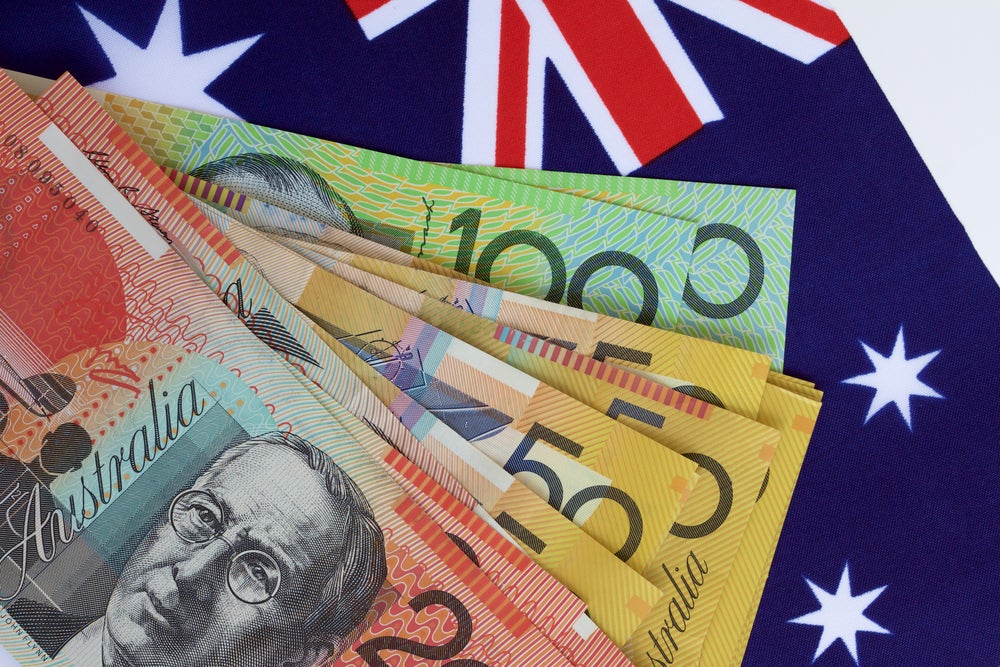A healthy contactless market with widescale adoption, a steadily growing mobile payments segment and positive effects from new regulatory impositions, such as companion cards, are all strong features of Australia’s buoyant cards and payments sector
Australia’s payment cards market is one of the world’s most developed. In 2014, the Australian payment cards market accounted for 5.1% of the transaction value, and 11.2% of the transaction volume in Asia-Pacific. The average number of monthly card transactions, and the average annual spend per card are higher in Australia than in other mature markets such as the US, the UK, Canada and Germany.
Electronic payments have steadily gained in popularity in Australia, aided by contactless technology’s rising prominence in the country. Banks such as CBA, National Australia Bank (NAB) and Westpac offer payments based on contactless technology.
Key elements in the rapid uptake of contactless payments were initiatives taken by multinational providers Visa and MasterCard to gain market share in Australia. The domestic debit scheme provider, Eftpos, supported by central bank the Reserve Bank of Australia (RBA), raised $41.3m (AUD40m) via the $0.01 scheme fee introduced for all transactions in 2011. The funds were utilised to move to Europay, MasterCard, Visa (EMV) standards and implement contactless technology.
Consumers increasingly use faster and more secure payment options, resulting in mobile operators, traditional and online retailers, and other service providers introducing digital payment options. These include online and mobile payments, and are conducted through alternative instruments such as Bpay, Paymate, MasterPass, Visa Checkout and POLi.
Debit cards continue to dominate the payment cards market
How well do you really know your competitors?
Access the most comprehensive Company Profiles on the market, powered by GlobalData. Save hours of research. Gain competitive edge.

Thank you!
Your download email will arrive shortly
Not ready to buy yet? Download a free sample
We are confident about the unique quality of our Company Profiles. However, we want you to make the most beneficial decision for your business, so we offer a free sample that you can download by submitting the below form
By GlobalDataPayment card product preferences changed during the review period, with a gradual shift in favour of debit cards. Debit card transaction values increased from $274.9bn in 2010 to $315.3bn in 2014 at a review-period CAGR of 4.90%. Credit card transaction values recorded a CAGR of 4.00%, increasing from $179.6bn to $196.9bn during the same period.
The shift away from credit card use can be explained by factors such as increased consumer avoidance of debt, and RBA initiatives to regulate interchange fees. The RBA’s intervention to cap the debit interchange fee, remove surcharges on card transactions, and the ‘honour all cards’ rule to allow merchants to accept cards, succeeded in changing the relative prices of using debit cards. This resulted in increased spending on debit cards during the review period, a trend that is expected to continue over the forecast period.

Regulatory reforms changed the dynamics of Australia’s credit cards market
The central bank has introduced several reforms to the credit cards market since 2003. Among other measures, interchange fees were reduced. To compensate for revenue loss, banks increased annual fees on credit cards, and made reward points and other benefits offered on credit card spending less generous.
Card schemes provided banks with incentives to promote cards with higher costs, but within the RBA’s rules. Card issuers responded positively, formulating new strategies by turning their attention to high-income consumers. Some new pricing strategies focused on upgrading gold cards to platinum cards, and offering more generous value-added services or rewards at no additional cost.
Furthermore, banks started offering companion cards to their customers. A companion card is linked to two different credit card networks that allow customers to earn the benefits of whichever one they choose to use at the purchase point. As a result, credit card products with companion cards attached have increasingly replaced traditional single-card rewards programmes in the product lines of all major banks. For instance, CAB, NAB, ANZ Bank and Westpac offer at least one companion card account as part of their premium card accounts.
Mobile payments (m-payments) gaining traction in Australia
M-payments are growing in prominence among Australian consumers, offering an opportunity for both banks and non-banking companies to increase their shares in the mature Australian payment cards market. The large-scale adoption of contactless technology is also anticipated to support the growth of mobile contactless payments. In March 2015, CBA launched mobile contactless payments for Android phone users, having already made them available for iPhone users. Customers need to purchase PayTag stickers for $2.7 (AUD2.99), enabling them to make contactless m-payments of up to $90.3 (AUD100).
In 2014, Westpac rolled out m-payments in partnership with Visa. The service uses an NFC chip embedded in Android smartphones and supports Samsung Galaxy S5, S4 and Note 3. Users can store all their Westpac debit and credit cards – Visa, MasterCard and American Express – in the Westpac banking app.
In September 2013, the NAB launched an m-payment service that enables users to send, receive and request payments via NFC, QR codes, a mobile phone number, an email address or Facebook account. Customers can use the service by downloading an app and completing a registration process where they link their bank account to the app.
Users can then launch the app, choose whether they wish to send or request a payment, enter the amount they wish to send or receive and, at the bottom of the screen, choose from three options: Contacts, QR code or Tap.







